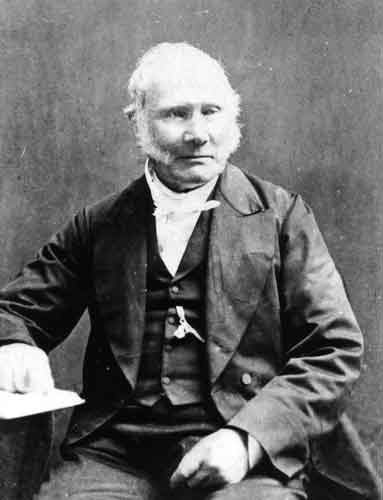The industrial revolution during Victorian era took the world by a storm. The invention of the steam engine by James Watt was the first drop of the avalanche. This began a new era in the history of the world and changed it forever.
The globe shrunk and one could travel all over the world in less time. Thus, the communication and link between different places was established and has only improved since then.
Victorian era science inventions
All this was witnessed by those living during the Victorian era in England. The stagecoach was one incredible innovation and made travelling overland so much easier to use and safer too.
Canals were constructed during this time were a great help in terms of inland communication. Steamships, the vessels that brought the world to Britain were also developed during this time. The railway lines were laid down during this time.
The invention of railways was one of the most useful inventions of the industrial revolution and of course, the Victorian era. This scientific development led to the easy and cheap transportation of resources, i.e. material and human as well and raw materials from one place to another.
The growth of industries and factories found this to be a very beneficial thing. Labour poured into these factory and industry towns by the hundreds.

The railway time became the standard time and everyone used to set their watches and clocks according to these. Steamers or steamships, the most famous ones being SS Great Britain and SS Great Western. These made international transport of materials and people popular. Therefore the advances in science also opened up the doors for overseas trade.
Other scientific inventions during the Victorian era
Other forms of communication that came to be invented during the Victorian era were the cinemas, telegraphs, telephones, automobiles and aeroplanes. The Camera was first invented during this time as well. The field of education and entertainment also progressed to never before scaled peaks.
The sewage system of England, designed by Joseph Bazalgette was one of the greatest scientific innovations, even though today it would be relatively normal for us. It was a remarkable piece of engineering. The Thames embankment was also designed by the same person, which had sewers, pipes, the London Underground, etc.
Soon, electricity, heating, lights and gas were supplied to the citizens of London. It was a major step forward for science to provide for the general population. In addition, water was supplied to the network of pipes to many houses. Most houses and the streets were lit with gas lighting or electricity.
Natural history was also regarded as a science and the father of natural history, Charles Darwin lived and died during the Victorian era. His theories and studies formed the basis of the study of natural history and evolution.
- History of Elevator: The technological ascent of lifting devices through the ages.
Read more about the other scientific areas like Victorian Botany, Phrenology, Physics, Geology